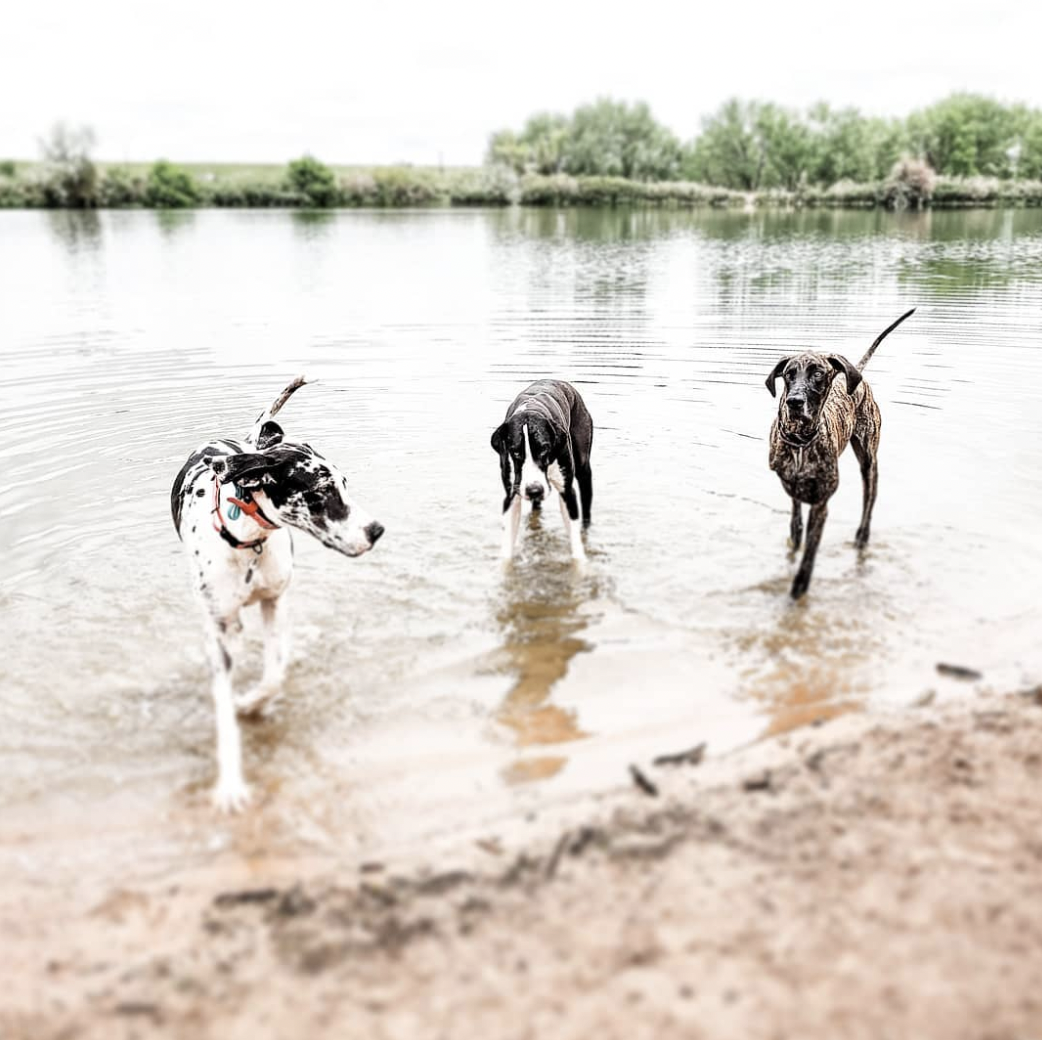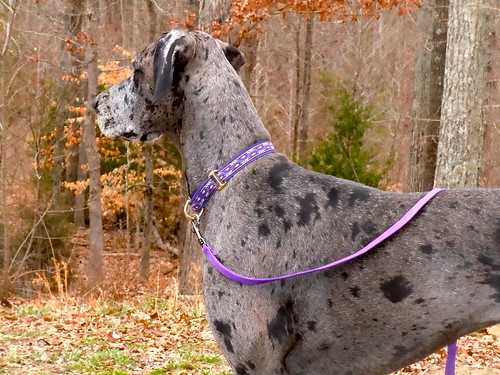
If you are ready to bring a new Great Dane into your home, you may be trying to sort out if buying a boy or

If you are ready to bring a new Great Dane into your home, you may be trying to sort out if buying a boy or

Male and female Great Danes have a lot in common, but there are some key differences that pet owners should be aware of. Firstly, male

Mammary tumors are the most common type of tumor found in female dogs. While they can often be benign, it is important to take steps